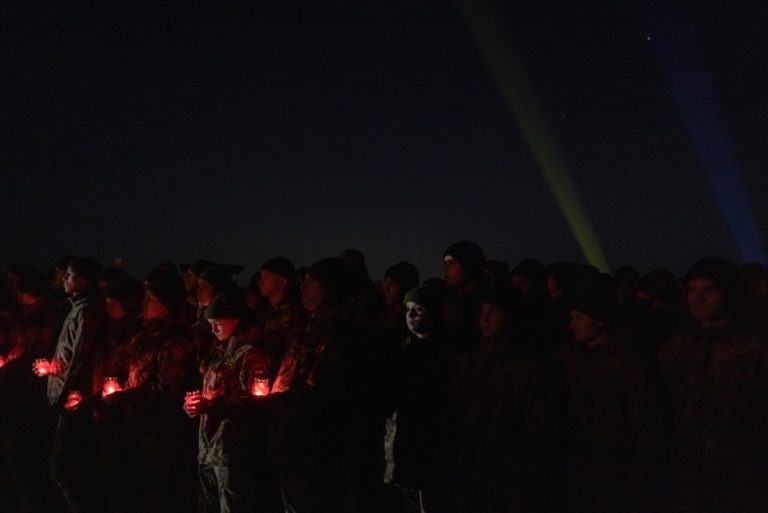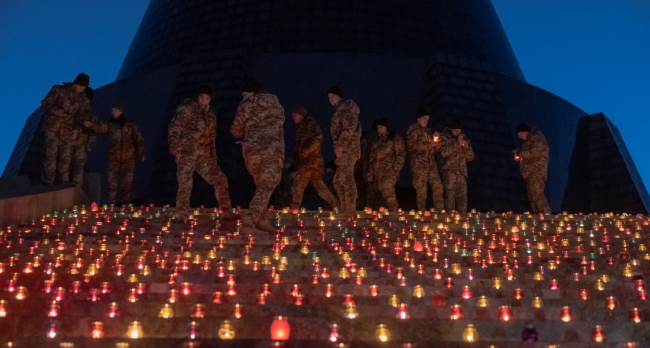In a strategic move to bolster Ukraine’s defenses against Russian advances, the United States has authorized the provision of antipersonnel land mines to Kyiv. This decision, confirmed by a U.S. official on November 19, 2024, aligns with President Joe Biden’s recent approval for Ukraine to deploy U.S.-supplied long-range missiles into Russian territory, marking a significant escalation in military support.
The antipersonnel mines designated for Ukraine are “non-persistent,” designed to deactivate after a predetermined period, thereby reducing long-term risks to civilians. The U.S. has stipulated that these mines be used exclusively within Ukrainian territory and away from populated areas to minimize potential harm to non-combatants.

This development occurs as President Biden approaches the conclusion of his term, with President-elect Donald Trump set to assume office in January. Trump has expressed intentions to expedite the end of the Ukraine conflict, though specific strategies remain undisclosed.

The conflict, now surpassing 1,000 days, has seen recent intensifications. Ukraine’s deployment of long-range missiles into Russian territory has prompted stern warnings from Moscow, including veiled nuclear threats from President Vladimir Putin. The Kremlin has accused the U.S. of escalating nuclear tensions through its support of Ukraine’s expanded military capabilities.

Ukrainian President Volodymyr Zelensky has emphasized the critical need for sustained U.S. support, cautioning that a withdrawal of aid could jeopardize Ukraine’s position in the conflict. As discussions of potential negotiations emerge, Ukraine seeks to strengthen its defensive and offensive capacities to avoid a disadvantageous settlement.
The international community continues to monitor these developments closely, as the provision of antipersonnel mines and long-range missiles to Ukraine signifies a pivotal moment in the ongoing conflict, with potential implications for global security dynamics.




